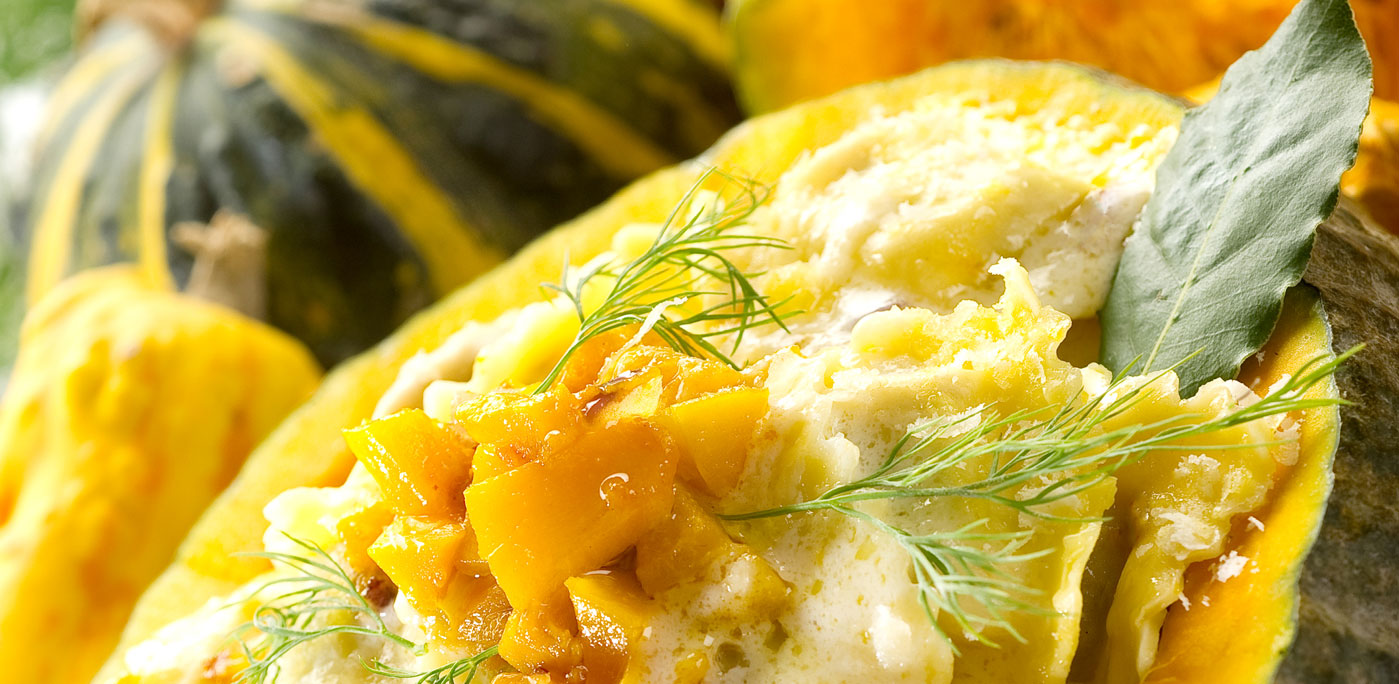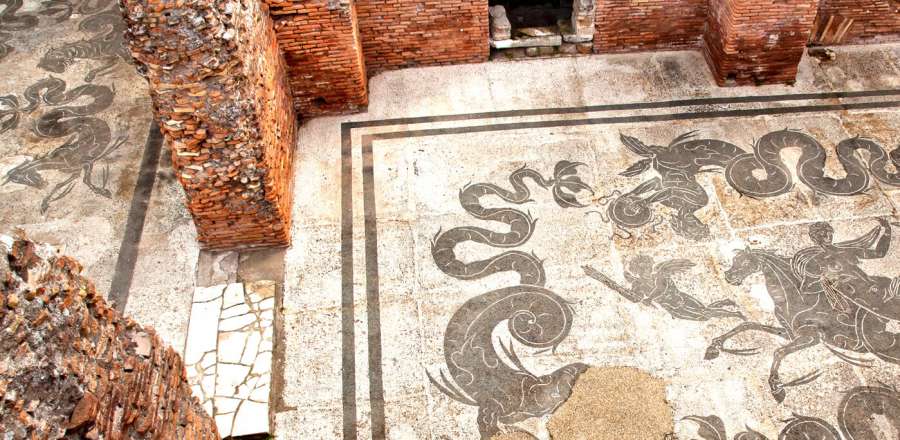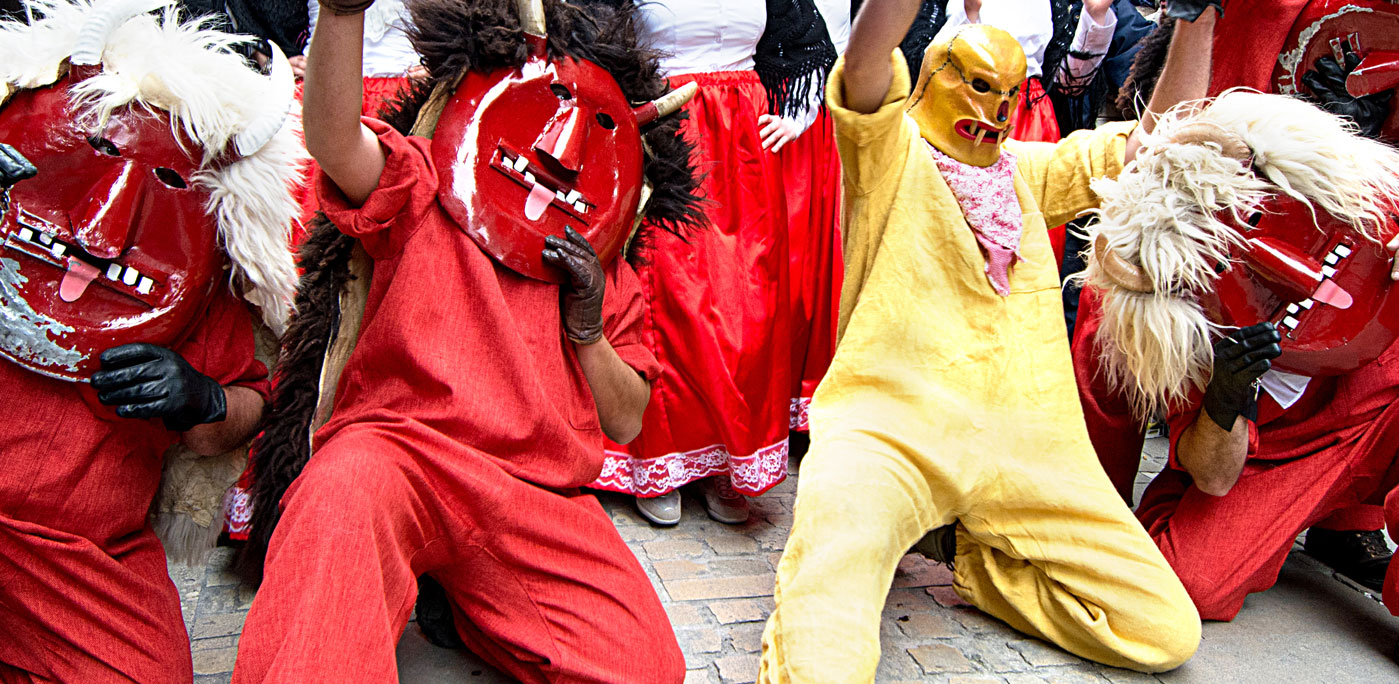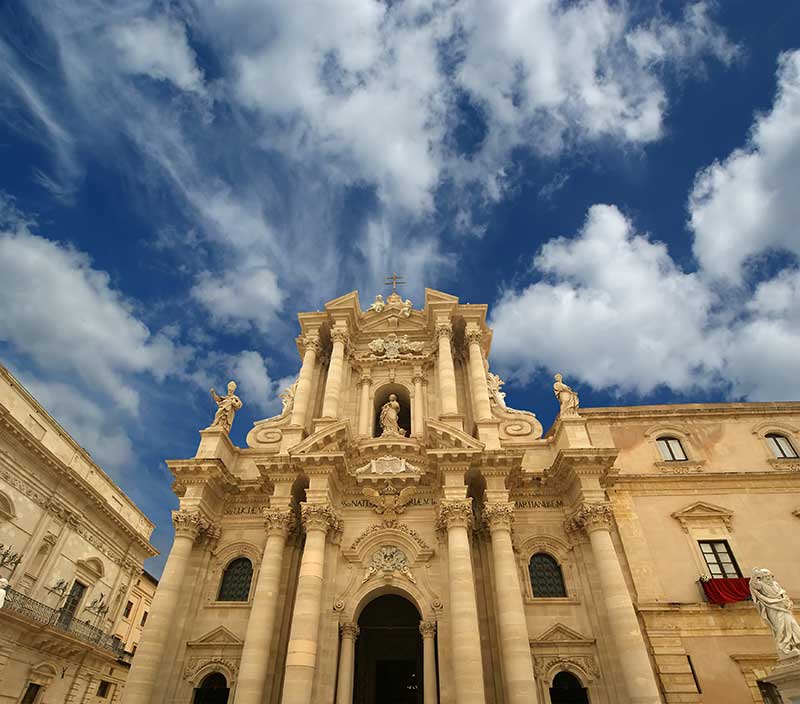Combining simple, local ingredients with tradition, a dash of history and never-ending love Mantuan cuisine is known as the food of princes and people. Many dishes date back to the days of the House of Gonzaga, a princely family that ruled from 1328 to 1708. Others combine quality local produce with the age-old tradition of filled pasta to create Mantua’s iconic Tortelli di Zucca or pumpkin tortelli. No surprise, then, that this year Mantua is the European Capital of Gastronomy 2017. So what’s on the menu?
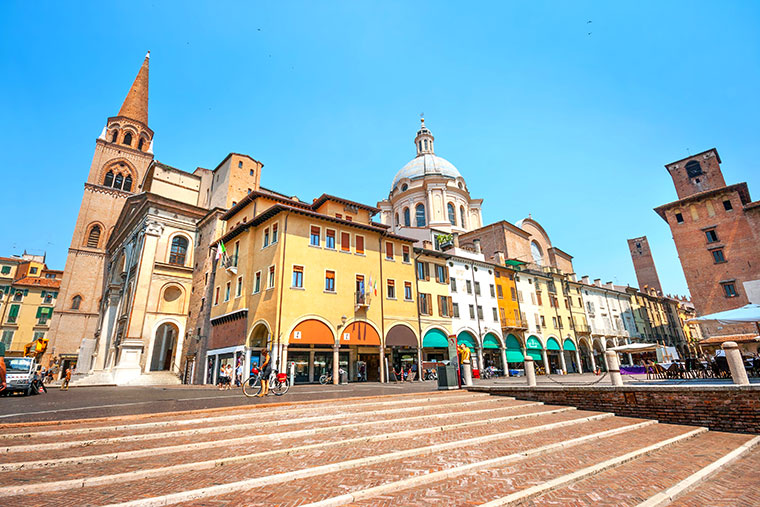
European Capital of Gastronomy 2017
Every year the International Institute for Gastronomy, Culture, Arts and Tourism, IGCAT, embraces a couple of European provinces as their Regions of Gastronomy. Winners are chosen based on their approach and attitude to food following ingredients from the first shoots in the field to the family or restaurant table. So IGCAT look at everything from a region’s agriculture, local produce, food production customs, flavors, culinary culture, hospitality and traditional eating, and they celebrate and promote regions that have a better quality of life thanks to their distinctive gastronomic culture.
But it’s not just about the history of food. The award also encompasses cities and regions that incorporate environmental sustainability, healthy living and gastronomic innovation and development within their culinary world, pushing the boundaries for the future.
Competition is understandably fierce but this year Mantua, Mantova in Italian, has been victoriously declared European Capital of Gastronomy alongside Lombardy, the 2017 European Region of Gastronomy.
Mantua’s winning cuisine
Mantua is on a cultural roll. 2016 saw it crowned Cultural Capital of Italy and commemorating the 150th anniversary of it joining the unified kingdom of Italy. And this year it’s continuing the celebrations highlighting its delicious recipes, high-quality produce and lip smacking wines. There’s plenty on offer too from tasting walks to museums, from its fecund rural life to fêted Michelin-starred restaurants. But if you only have time for just one thing when you visit then there’s one dish, above all, that sums up Mantovan cuisine perfectly; Tortelli di zucca alla Mantovana or pumpkin tortelli.
Pumpkin and squash have been a common sight in American fields for centuries, millennia even, but have only been grown in Italy since Italian adventurers brought them back to the old country in the 1500s. Mantovan farmers quickly discovered the intense, sweet flavor of the Zucca Barucca pumpkin and began to develop recipes to bring it to the table of the local nobles. They combined the soft pumpkin flesh with the northern Italian tradition of stuffed pasta and so was born the typically Mantuan dish, served in a simple herb butter.

But this is not an everyday stuffed pasta. Traditional tortelli di zucca alla Mantovana have a very distinct flavor and, if anything, are more sweet than savory due to the addition of some rather unusual ingredients. To the soft pumpkin pulp is added Parmigiano Reggiano cheese giving a certain saltiness to the filling. That’s not so unusual. And then Mostarda Montovana, a local fruity mustard, and nutmeg are added giving a little spicy heat. But it’s the final twist of crumbled amaretti biscuits that makes the filling and this dish so different, adding a sugary sweetness to the mustard’s sourness that is quite unexpected. Serve in a simple sage butter gently melted over the tortelli, sprinkled with locally produced Parmesan or Grana Padano cheese and you have the perfect Mantovan dish mixing Medieval origins, sweet and sour flavors and quality local produce.
Pumpkin is certainly the king of Mantovan gastronomy, growing plentifully on the flat, fertile Padana plains around the city but it’s not the only thing on the menu. Other delicacies include
Luccio in salsa, pike in a tangy parsley and caper sauce, salame con l’aglio, garlic sausage and bigoli con le sardelle alla Mantovana, or pasta with sardines.
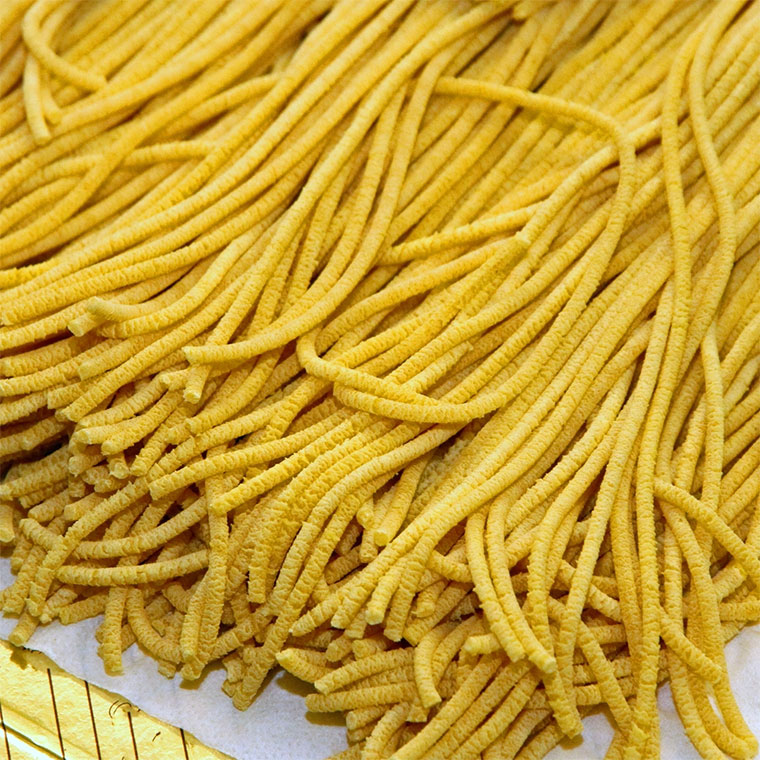
Bigoli are wonderfully thick, hollow spaghetti perfectly designed to hold sauce well. Add a creamy fish sauce of slowly browned onions, garlic, olive oil and freshly caught sardine fillets cooked until soft enough to mash and you have a simple, authentic and truly mouthwatering plate of Mantuan cuisine. It’s a great recipe for Lent and easy to prepare. Mmmmm!
And finally, if you’re still hungry, have a sense of adventure and are a meat eater there is one dish for which Mantua is renowned, but it’s not to everyone’s taste. Stracotto d’asino is a rich stew with a base of onions, bay leaves, juniper berries, garlic and tomato sauce, slow cooked for around 8 hours. And its main ingredient is donkey.
Usually served on a bed of soft polenta, stracotto d’asino splits opinion. And admittedly, some restaurants, in response to diners’ distaste, have quietly substituted donkey meat for beef. But find a proudly authentic Mantuan chef and they’ll still serve you the real thing if you ask. It’s just another distinctly Mantuan reason why the IGCAT committee are celebrating Mantua this year. So what are you waiting for? It’s time to book your table and head to Mantua in Lombardy, for this year’s capital of gastronomy. Buon appetito!
